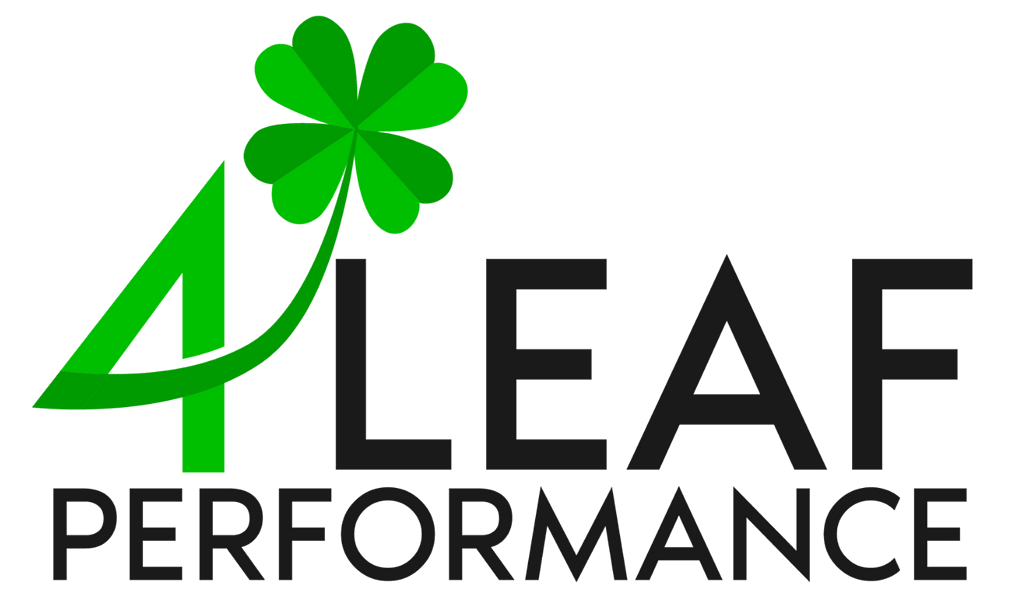Does executive coaching truly offer a tangible return on investment? It’s a question that many organizations grapple with as they allocate significant budgets toward nurturing their leaders.
Our seasoned executive coaches, Andrew Lamb and Luke Dillon offer their rich experience and nuanced understanding of leadership dynamics and bring a wealth of knowledge to this discussion. They navigate through the intricacies of leadership roles, the effectiveness of coaching, and the metrics that truly matter in gauging success.
The Power of Executive Coaching for Business Owners
Are you ready to unlock the full potential of your leadership and drive your organization to new heights? Get ready to dive into the dynamic world of executive coaching with industry veterans Andrew Lamb and Luke Dillon, who will unravel the strategic impact of executive coaching on maximizing returns. This enlightening conversation shines a light on the nuanced interplay between leadership development, strategic decision-making, and tangible business outcomes. With their years of experience, Lamb and Dillon have helped countless leaders achieve unprecedented success, and now they’re ready to help you too.The Role of a Leader in Modern Business
The role of a leader goes beyond traditional management. It’s about inspiring, guiding, and empowering teams to achieve collective goals. Andrew simplifies this concept, borrowing from the ethos of Richard Branson. He states,
The role of the leader is to inspire others…The leader should clearly set the vision, get the right people in the right seats and get the heck out of the way.
Leadership in the current era is not just about directives; it’s about creating a vision that resonates with the entire team, ensuring everyone is aligned and moving towards a common goal. This is where leadership consulting and mentoring come into play, helping leaders refine their approach to suit the evolving demands of their roles.
The art of leadership also hinges on the ability to assemble the right team. It’s not just about gathering top talent but about ensuring each member is positioned to contribute optimally. Leadership mentoring programs often emphasize this aspect, equipping leaders with the skills to identify and nurture their team members’ strengths.
Modern leaders should also know when to step back. It isn’t about relinquishing control but trusting your team to execute the vision competently and creatively.
Measuring Executive Coaching Effectiveness
Measuring the effectiveness of executive leadership coaching program requires a nuanced understanding of both qualitative and quantitative metrics. Andrew Lamb lists down the metrics, stating,
OKRs, KPIs, 360-degree feedback, what are people working on are going to work on this quarter, and employee levels.
So, looking at this, what are the KPIs and OKRs for the business? What are the numbers? What are they improving on? What are they driving towards the improvement? And then how is that impacting the overall business? That’s how people generally manage executive coaching.
The emphasis on OKRs (Objectives and Key Results) and KPIs (Key Performance Indicators) reflects a data-driven approach to evaluating progress. These metrics, when thoughtfully applied, can offer tangible insights into the improvements brought about by executive leadership coaching.
360-degree feedback emerges as another critical tool in this context. It provides a holistic view of an executive’s performance, encompassing insights from peers, subordinates, and supervisors. This comprehensive feedback mechanism is pivotal in leadership consulting, offering a well-rounded understanding of an executive’s impact within the organization.
Andrew further elaborates on the importance of employee engagement levels, stating,
So the engagements looking at employee satisfaction scores, are we getting more out of the team? What are they working on? How enthused are they? Are they inspired, et cetera, et cetera? Because remember the role of the team is to look after the customer. So, is the team looking after the customers and getting the results we need from the teams looking after the customers?
Effective leadership mentoring not only elevates the individual but also galvanizes the entire team. Measuring the effectiveness of leadership coaching is about connecting the dots between personal development and organizational outcomes.

Key Focus Areas for Executives
Identifying key focus areas for executives is pivotal for fostering impactful leadership. Andrew and Luke discuss this topic in detail,
Andrew Lamb: First of all, what is the purpose of the organization? Be very clear on what is the purpose of the organization? What are they driving towards?
And then the second thing is putting the right people in the right seats on that bus. What they should be working on is the organization. What’s the purpose, right? Making that very clear.
And then getting the right people in that seat to get the results that we need from the business. That’s what most executives need to work on. Then, the last thing executives need to work on is how to inspire people, how to inspire those people that you’ve put on the bus to get the results that you need.
Luke Dillon: Okay, so that’s an easy thing to say, but what and how? What is the best way to inspire your team or your people?
Andrew Lamb: Great question that’s been asked for years, right? How do you inspire team members? How do you inspire people? You actually have to know their purpose.
You’ve got to understand what’s driving them. And the quickest and easiest way to do that is actually to get them to take a WHY.os so, understanding the purpose, understanding why they do what they do—understanding what do they do and how do they do it. So, understanding somebody’s purpose, direction, and delivery is really important.
If you understand that, you can inspire people by that.
Navigating these key focus areas—clarifying organizational purpose, strategically aligning team members, and mastering the art of inspiration—forms the crux of effective executive leadership coaching. These facets are not isolated; they intertwine to shape a leader’s approach and, by extension, the organization’s trajectory. Through targeted leadership consulting and mentoring, executives can address these areas and excel in them, catalyzing organizational growth and success.
Tools and Methodologies for Executive Coaching
In executive coaching, many different tools and methodologies are at a coach’s disposal.
Andrew Lamb: Hundreds of tools out there. There’s EQ tests, there’s the Myers-Briggs, there’s a whole host of them. There’s behavioral analytical tools, there’s simulations, there’s psychometrics, there’s scenario-based.
The list goes on and on, but these are tools that are looking for those intangible skills. What it doesn’t tell you is what motivates you, what drives you, what drives your purpose. That’s why we really embrace the WHY.os because it gets to your purpose.
Then we layer on all the other tools that help you identify some of the other challenges, the other opportunities that we’ve got, whether that be in communication, whether that be in behavioral science or analytics, we add them on top.
Luke Dillon: And that would be the role of the executive coach to come and say, okay, what pairing or what collection of tools do we need in this environment to direct us and drive the results?
Andrew Lamb: Absolutely, because there’s no one size fits all. Individuals are individuals. So if you’re managing an individual, if you’re growing an individual, we’ve got to tailor it to the individual.
But yes, you can do courses where you’ve got the group, you’ve got group think, you’ve got group reviews. I’ve been part of those, but each one of those has got to be tailored to the individual because we are human, and thankfully, we are.
There’s a whole host of scenarios and tools that we can utilize to understand the individuals. Then we can look at the opportunities and then start to improve.
Each executive’s journey is unique, necessitating a customized approach that leverages the most appropriate tools for their specific context. This tailored strategy ensures that the coaching process is as impactful and transformative as possible, driving meaningful change at both a personal and organizational level.
Isolating the Impact of Executive Coaching
Luke Dillon: Is there a reliable methodology to isolate the impact of executive coaching from other variables, such as market conditions or team dynamics?
Andrew Lamb: Data is data, okay? So a lot of people show me the data that does this. It depends on the cleanliness of the data, the unbiasedness of the data. So obviously things that we can measure.
Time bound analysis. Did we improve over a period of time?
Data. Data assessments. Is somebody improving in certain places that we can validate using data?
Then there’s the other methodology, which is not quantitative but qualitative, which is feedback. Human feedback.
In leadership consulting and mentoring, a balanced approach to measuring metrics ensures that the true value of executive coaching is recognized, not just in terms of numbers, but in the real-world growth and development it fosters among leaders and their teams.
Key Performance Indicators Responsive to Coaching
Identifying Key Performance Indicators (KPIs) that are exceptionally responsive to executive coaching is essential for assessing its effectiveness and impact.
Luke Dillon: What are the key performance indicators that are most responsive to executive coaching?
Andrew Lamb: Number one team engagement score. Number two decision-making speed. Number three, bench development. And number four, I would say percentage of delegation. Let me go into those.
The team is responsible for managing the customer. So, are we improving the customer experience? Are we engaging the customer better? Are we getting more share of wallet from the customers?
Decision-making speed. Are we making decisions quicker, faster, and easier and getting better results? It’s not all about speed, but it’s getting better results. So a decision that used to take us six months can now be made in three. A decision that used to take three months can now be made in a week. So what’s the decision-making speed and the end result of that?
Bench development. Who are you building in your team? The leader’s job is to inspire. How are you developing your bench so that you’ve actually got people behind you in all of the different parts of the organization so the business is not dependent on one person? You’re inspiring others to step up and grow.
And then, finally, as a leader, how much are you delegating your work to other people, and it being done? So you’re utilizing your bench and doing a percentage of delegation. How much of that is increasing so I’m getting better results? Those will be my KPIs.
Luke Dillon: One of the key things that I’ve noticed is that decision-making speed that happens when a team is more collaborative as a result of coaching. There’s confidence and some vulnerability, and people are just confident that they’re being looked after by the leaders invested. Suddenly, they can make decisions, and even if they’re bad decisions, they’ll get supported.

Aligning KPIs with Coaching Objectives
Aligning Key Performance Indicators (KPIs) with executive coaching objectives is crucial for ensuring that the coaching process is targeted and effective.
Luke Dillon: How do companies align the KPIs with the specific objectives of executive coaching programs?
Andrew Lamb: Goal-setting workshops. Sitting down, understanding what we need to get done, what are the outcomes that we need to do, and how are we going to get there?
Collaborative engagement with the whole team, setting the goals so everybody’s clear and aware, and inspiring people to get there.
Feedback-driven adjustments. How are we getting that feedback? Real-time feedback as an executive. What’s working? What’s not working? Why is it not working? How are we improving? Being very focused on the thing that we’re trying to change.
One of the challenges with leaders is communication. How do you improve your communication across the board? How are we making sure that the changes that we’re making are really improving? Then, make sure that within that plan, you’ve got that customized coaching plan to get you there.
Having that objective outside view and making sure you’re driving the appropriate changes to get you to those results. So again, goal-setting workshops, feedback-driven adjustments, and customized coaching plans are how I would align with those KPIs.
In essence, aligning KPIs with coaching objectives involves a collaborative, feedback-oriented, and customized approach. This alignment is fundamental to the success of executive coaching programs, ensuring that they are directly contributing to the organization’s strategic goals and the executive’s personal development.
Addressing Myths Surrounding Executive Coaching ROI
Addressing the myths surrounding executive coaching’s Return on Investment (ROI) is crucial for understanding its value. Our coaches address these misconceptions head-on, providing insights that challenge commonly held beliefs about executive coaching.
It’s not just about immediate gains or financial outcomes but about the long-term development of leaders and the positive ripple effects this can have on their teams and the entire organization. By challenging these misconceptions, we can appreciate the value that executive coaching, leadership mentoring, and consulting bring.
Luke Dillon: It’s essential to address the myths surrounding the ROI of executive coaching. Misconceptions can influence decisions, and it’s crucial to separate fact from fiction here.
In your opinion, what are the most prevalent myths surrounding the return on investment of executive coaching, and how do these misconceptions affect a company’s willingness to invest in these programs?
Andrew Lamb: So, a couple of areas: one, there’s an immediate ROI. In some cases, there is, and in some cases, there isn’t. It depends on the executive debt and on the team. One size does not fit all. Let me be very, very clear.
Soft skills don’t impact the bottom line. Yes, they do.
ROI is purely financial. No, it’s not. Return on investment is growing people. A ‘growth mindset’ has been one of those key phrases out there. Please tell me how you measure a growth mindset. I’ve done it, but it’s hard.
So yes, there is an ROI, but sometimes it’s not immediate. There are programs that you can teach people in large groups, but if you want to get to specifics, you’ve got to be specific. Soft skills impact the bottom line more than people realize. It is absolutely critical. I’ve saved tens of millions of dollars and generated tens of millions of dollars by the use of soft skills in my previous roles.
So soft skills are absolutely critical in businesses. And the ROI—you cannot make money on the development of people. You can, but you can’t. ROI is not purely financial. Think of a plant. If you put a seedling in the ground, are you going to get an old tree tomorrow? No, that takes hundreds of years, but when it comes out, it’s majestic.
Can you wait that long? Sometimes, the answer is no. So, what do you need to work on right now to get the results you need? Be very specific, be very intentional, and drive that. But also, what is the long-term that you’re looking at? How are you developing your core team to take over the organization and get them to the number they need to get to?
I’m going to use an example, and I heard of this case there recently, and it’s the WD40 organization. I was reading an article about return on investment, and the market wanted returns on numbers and things like that. They asked the CEO at the time, and they said all the work you’re doing internally is not delivering the numbers you want that need to be delivered.
And his response was, those are the street numbers, not my numbers. Our business is being built on the numbers for the long-term growth of the company. Your measuring on a quarter is not going to be reflective of what we do. That company came out and is doing extremely well. They built the culture. They built the organization.
They built the people intentionally internally to get them to their long-term goals. So again, lots of companies want it now and wanted it yesterday. And I understand that because of market pressures. But there is an argument for longer-term growth to get you to sustainable growth, and I think that’s where some companies miss.
Luke Dillon: One hundred percent. I couldn’t agree with you more, and I think that is the thing: you coach culture. When you look at that and looking at the market both in the UK and South Africa, I really notice now that the mantra ‘the customer’s always right’, et cetera.
And I see there’s a huge shift now from CX to EX. It’s this employee experience and how you retain talent and brilliance. And if you’re not coaching and creating an environment where there’s growth for individuals, I can tell you the companies that aren’t doing that will notice that in years to come.
Andrew Lamb: I would say months to come, not years to come.

The Holistic Value of Executive Coaching
The value of executive coaching extends far beyond mere financial gains. This holistic approach to leadership development encompasses not only the enhancement of personal competencies but also the positive transformation within teams and organizations at large.
Leadership coaching and mentoring offer a bespoke journey towards personal and professional excellence. It’s about fine-tuning the balance between driving results and nurturing growth, decisive action, and empathetic leadership. This nuanced blend of skills sets apart truly impactful leaders in today’s dynamic business landscape.
4 Leaf Performance offers executive coaching services designed to unlock your leadership potential and propel your organization forward. With a focus on personalized growth strategies rooted in the WHY.os, our team is committed to guiding you toward achieving not just your professional goals but also fostering a thriving, engaged, and resilient organizational culture.
Embrace the holistic value of executive coaching with 4 Leaf Performance. Let’s navigate the path to leadership excellence together, transforming challenges into opportunities for growth and innovation. Reach out to us today to discover how our executive coaching services can improve your leadership journey and your organization’s success.



